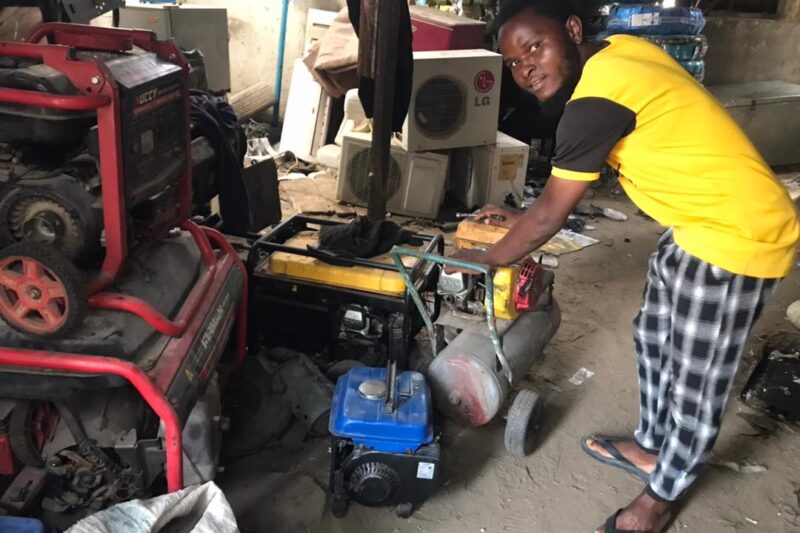One in four households is food insecure in the Far North region of Cameroon and, of the 341, 000 internally displaced persons who live there, 38.2% suffer from chronic malnutrition, according a report on the National Survey on Food and Nutrition Security.
To respond effectively, the Regional Council has set up an economic development plan aimed at improving the living conditions of its people.
The plan was unveiled on October 22 during a work restitution workshop, attended by Daniel Kaldassou, the president of the Far North Regional Council, elected officials from the region, academics and development partners.
It is based on four major economic axes identified by the Regional Council with the support of its partners, in particular the Inclusive Economic and Social Recovery of Lake Chad (RESILAC), Action Against Hunger and CARE.
The goal is to stimulate long-term economic growth in the Far North through the development of innovative methods to improve the living conditions of the people, with a sharp emphasis on social services in the fields of education, health, agriculture and energy, among others.
“We were able to define four main axes. The first axis is the development of human capital, which includes basic social services, education, health and water. The second axis is economic development, including increasing economic production by developing and transforming the agricultural sector. The third axis concerns infrastructure, we can cite energy, roads and anything that can facilitate development. And finally, governance and the environment. As you know, the Far North region suffers a lot from the effects of climate change, it is a question of knowing how to improve all its aspects ,” said Kaldassou.
There are more than five million people who will benefit from consolidating good local governance practices, such as strengthening water management systems, participation in municipal development plans and concerted, sustainable and inclusive management of local natural resources.
The plan is to promote agricultural production and local economic opportunities, restructure agricultural cooperatives, support local seed production and support cereal banks. By strengthening sustainable agricultural practices it will ensure crops with high nutritional value and it will also give farmers access to community credit.







